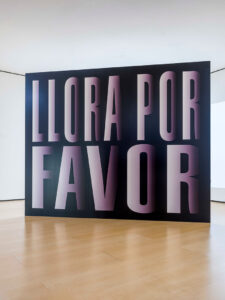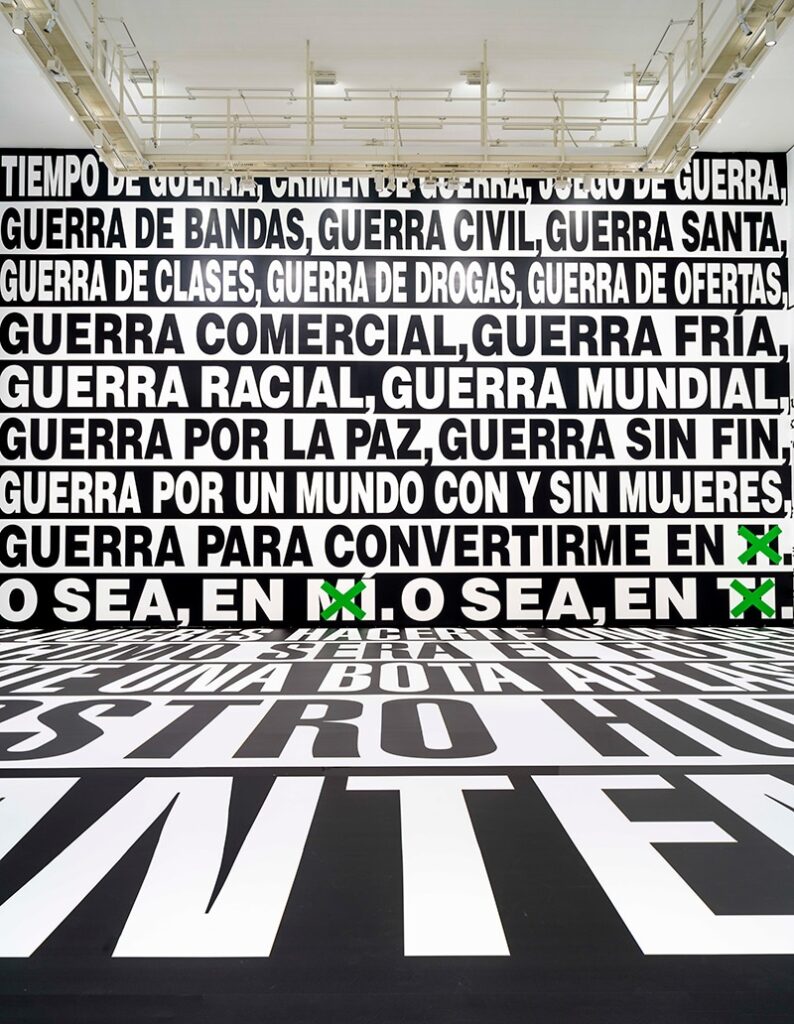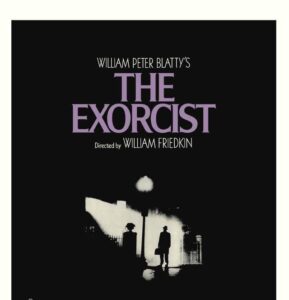

In a world increasingly saturated with images, slogans, and ideological noise, Barbara Kruger’s work cuts through the clutter like a scalpel. For over four decades, Kruger has interrogated consumerism, gender politics, identity, and the machinery of mass media through her distinct visual lexicon. Now, in a major artistic milestone, the Guggenheim Museum Bilbao hosts her exhibition Another day. Another night., marking her first significant survey in Spain.
Curated by Lekha Hileman Waitoller and sponsored by Occident, the exhibition offers an expansive, multi-sensory journey through Kruger’s career, encapsulating her evolution from graphic design roots to immersive installations. Simultaneously, it highlights the city of Bilbao’s growing prominence as a cultural epicenter, proving once more why a weekend in this Basque jewel is an irresistible proposition for art lovers across Europe.
Barbara Kruger: A Voice that Echoes Across Decades
Barbara Kruger emerged in the late 1970s and early 1980s at a time when second-wave feminism and postmodern theory began to reshape art and society. With a background in graphic design and magazine layouts (notably at Mademoiselle), Kruger understood the seductive power of visual language better than most.
Her signature style—black-and-white photographs overlaid with bold, declarative text in red, white, or black—became instantly recognizable. Works like Your body is a battleground (1989) and I shop therefore I am (1987) distilled complex critiques of capitalism and patriarchy into potent, meme-like imagery long before memes existed.
Kruger’s voice, often using second-person pronouns (“You,” “We,” “I”), implicates the viewer directly, making them both subject and object of scrutiny. Her practice resonates with post-structuralist critiques of authorship, as explored by thinkers like Roland Barthes and Michel Foucault, and engages with the feminist re-reading of images championed by Laura Mulvey’s seminal essay Visual Pleasure and Narrative Cinema (1975).
Guggenheim Bilbao: An Architectural and Cultural Icon
Opened in 1997, the Guggenheim Museum Bilbao was designed by Canadian-American architect Frank Gehry and quickly became one of the most significant architectural landmarks of the late 20th century. Its undulating titanium curves echo the river Nervión, transforming Bilbao from an industrial port city into a global art destination.
The museum’s success ignited what is now known as the “Bilbao Effect”—a phenomenon describing how cultural institutions can rejuvenate cities economically and socially. Over the years, it has hosted major retrospectives from artists like Richard Serra, Yayoi Kusama, and Jenny Holzer.
Bilbao itself, nestled in Spain’s Basque Country, offers a compelling blend of contemporary design and deeply rooted tradition. The city boasts a vibrant culinary scene, famous for its pintxos (Basque tapas), a dynamic old town (Casco Viejo), and a coastline that beckons surfers and sun-seekers alike.
“Another day. Another night.”: A Dialogue of Disruption
Barbara Kruger’s Another day. Another night. is not merely a retrospective; it is a living, breathing confrontation with modern life. The exhibition unfolds over multiple floors of the Guggenheim, creating an immersive labyrinth of text, image, and sound.
True to her approach, Kruger treats the museum not as a passive container but as an active participant. Walls, floors, and ceilings become canvases, subverting the traditional white-cube aesthetic. Visitors are enveloped in her bold slogans, which crawl across surfaces in monumental scale. The experience is both disorienting and exhilarating, echoing the sensory overload of our media-saturated reality.
Installations like Untitled (Forever)—a room-sized environment of wraparound text—force viewers to negotiate their physical space with the conceptual provocations thrown at them. The textual mantras address themes of power, desire, and self-construction: “BUY ME. I’LL CHANGE YOUR LIFE.” “PLEASURE IS THE BOSS.” In these confrontations, Kruger compels us to question our complicity in the capitalist spectacle.
Sound and Moving Image: Expanding the Arsenal
While Kruger’s early work focused on static images and text, recent decades have seen her embrace sound and moving image. In Another day. Another night., these mediums deepen the viewer’s engagement. Projections echo the slogans in rhythmic loops, while layered audio narrations create an atmosphere of constant questioning.
This shift to multi-channel installation echoes broader art historical trends, reflecting the post-Internet era’s emphasis on hybridity and cross-disciplinary practice. Artists like Hito Steyerl and Lawrence Abu Hamdan similarly employ multimedia to address sociopolitical issues, situating Kruger firmly within contemporary discourse.
The Feminist Imperative
Kruger’s unwavering feminist critique remains central throughout the exhibition. Works interrogating bodily autonomy resonate profoundly today, as global debates around reproductive rights intensify. Her text-based pieces retain an urgency and clarity often missing in more subtle conceptual practices.
In the wake of movements like #MeToo and ongoing conversations about gender identity, Kruger’s messages feel less like historical artifacts and more like present-tense calls to action. Her ability to maintain relevance across decades is a testament to her prescient understanding of systemic power dynamics.
Miren Arzalluz: Bridging Fashion and Art
Earlier this year, Bilbao welcomed Miren Arzalluz as the Guggenheim Museum Bilbao’s new general director. Arzalluz is a familiar figure in the art and fashion worlds, having served as director of the Palais Galliera (the City of Paris Fashion Museum), where she oversaw significant exhibitions, including retrospectives on Gabrielle Chanel and Martin Margiela.
Arzalluz’s expertise lies at the intersection of dress history, material culture, and identity—a perfect complement to Kruger’s practice. Her appointment signifies a broader institutional acknowledgment of fashion as an essential part of cultural narratives. In Kruger’s case, the overlap is evident: her aesthetic owes much to fashion editorial techniques, and her critiques often target consumerist beauty standards.
Bilbao: A Unique Art Getaway
A visit to Another day. Another night. becomes an ideal pretext to discover Bilbao’s multifaceted charm. Short flights from London, Paris, Amsterdam, and Munich make the city highly accessible for a long weekend. Visitors can wander the riverside promenades, explore the Azkuna Zentroa cultural center, or delve into the Museo de Bellas Artes for a taste of classical Spanish art.
Foodies are drawn to the city’s Michelin-starred restaurants, including Nerua Guggenheim Bilbao and Azurmendi, as well as casual pintxos bars serving small plates brimming with local flavor. The contrast between futuristic architecture and historical streetscapes mirrors Kruger’s own negotiation between past and present, image and meaning.
Kruger and the Global Art Market
Barbara Kruger’s practice also holds a mirror to the global art market’s contradictions. While her work criticizes commodification, her pieces fetch high prices at auctions and remain coveted by collectors. This paradox is not lost on Kruger, who has often spoken about the tension between critique and complicity.
Her presence in Bilbao reflects the increasing globalization of art audiences. Museums are no longer regional repositories but nodes in a vast international network, catering to visitors seeking both cultural enrichment and social capital. Kruger’s large-scale installations challenge viewers to acknowledge this dynamic and reflect on their own roles within it.
A Legacy of Provocation
Kruger’s legacy is one of unrelenting provocation. She stands alongside figures like Jenny Holzer, Cindy Sherman, and Martha Rosler—artists who deploy language and imagery to dissect power structures and social norms. Her influence extends beyond fine art into popular culture, advertising, and even meme culture, where her aesthetic language has been widely appropriated (sometimes controversially).
In Another day. Another night., this influence is distilled and magnified. It is both a summation of her career and a continuation, as if each slogan were an unfinished sentence waiting for the viewer’s response.
An Invitation to Engage
Barbara Kruger’s Another day. Another night. at the Guggenheim Museum Bilbao is more than a retrospective—it is an invitation. An invitation to see, to question, to reflect. It reminds us that art does not simply decorate our lives but disrupts them, demanding that we confront uncomfortable truths about our desires, identities, and allegiances.
As you step back into the sunlit riverfront of Bilbao after the show, the echo of Kruger’s words lingers: “WHO DO YOU THINK YOU ARE?” It is a question without a final answer, a provocation that follows you home.
Whether you’re an art devotee or a curious traveler, this exhibition promises to be a defining cultural moment of 2025-2026. Combined with Bilbao’s magnetic mix of avant-garde architecture, culinary wonders, and old-world charm, it offers a weekend escape that stimulates both the mind and the senses.
No comments yet.








